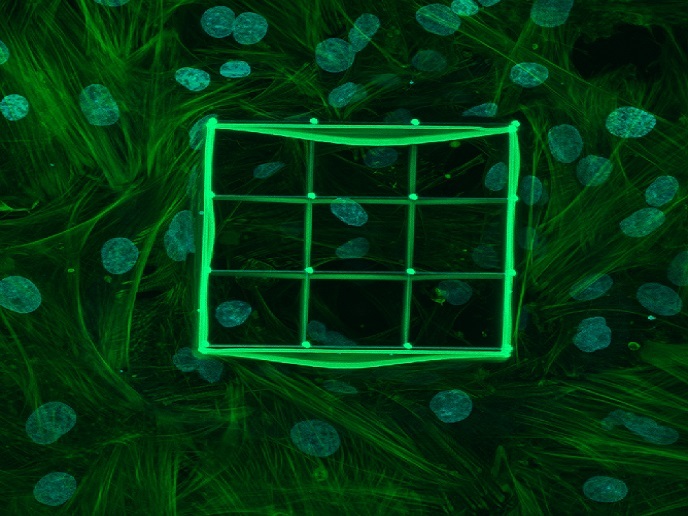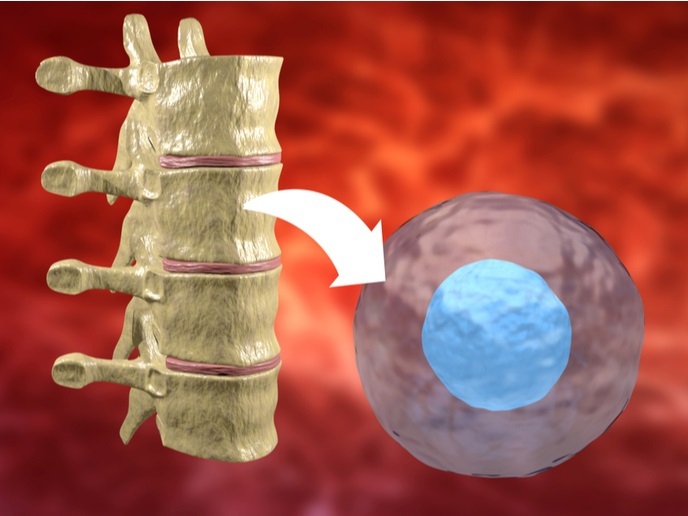Haematopoiesis: Lessons from the embryo
HSCs are a sub-population of primitive cells capable of generating the entire haematopoietic and immune system, contributing to homeostasis. Developmentally in the mouse, HSCs emerge at around day 10 after fertilisation on the floor of the dorsal aorta in a region known as aorta-gonad-mesonephros (AGM). AGM HSCs are believed to bud off from the underlying endothelium, which at that stage during development has haemogenic properties. This endothelial-to-haematopoietic transition (EHT) is governed by complex genetic events that remain poorly understood. The aim of the EU-funded project 'Uncovering the role of Notch modifiers in the generation of hematopoietic stem cells in the embryo' (FRINGEHE) was to study the role of the Notch signalling pathway in EHT. Unveiling the molecular network that drives HSC formation could form the basis for recapitulating the process in vitro and expanding HSCs. It is known that the Notch ligands Jagged-1 and Delta-4 are expressed in the aortic endothelium and seem to impact different biological fates. Delta-4 defines aorta development, while Jagged-1 is indispensable for haematopoietic specification. To understand how Notch signalling exerts these effects, FRINGEHE researchers analysed the gene expression profile of cells in the AGM region before they become haematopoietic. Exposure of these endothelial cells to Jagged-1 and not Delta-4 triggered them to become haematopoietic. Next, using mouse embryos deficient in Jagged-1, scientists found that both the endothelium and cells destined to be haematopoietic presented an up-regulated endothelial transcriptional programme. Taken together, the FRINGEHE study results significantly advance knowledge regarding embryonic haematopoiesis and emergence of the first HSCs. Given the importance of maintaining the HSC phenotype in transplantation procedures, these findings could lead to improved ex vivo protocols.







